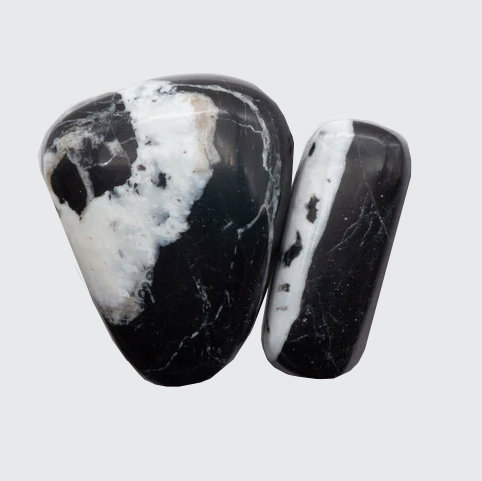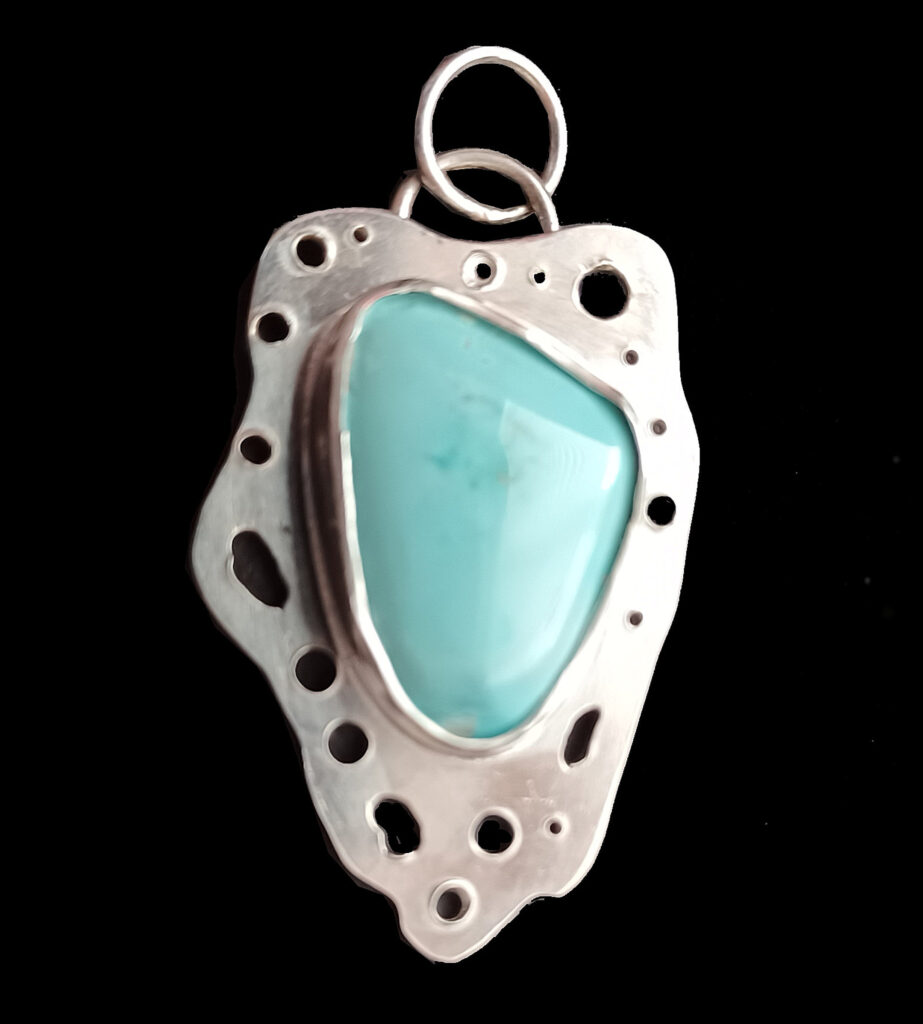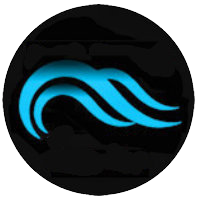Turquoise is one of my favorite stones. I am lucky to occasionally have the chance to search for turquoise in the Mojave desert. Sometimes the pieces I find are good enough to cut into cabochons to use in my jewelry.
The word turquoise comes from the French phrase pierre turquoise which means “Turkish stone.”
Venetian traders bought turquoise to Europe during the 1500s. The traders purchased the stones in Turkey, but the stones probably came from Iran or Egypt.
What is Turquoise?
Turquoise is hydrated copper and aluminum phosphate. The chemical formula is CuAl₆(PO₄)₄(OH)₈ • 4H₂O. It’s an opaque, soft stone. The color ranges from blue to green, and it can be spotted or veined.

Natural turquoise is hard enough to cut into gems without stabilization or enhancement. Stabilized turquoise is soft, low grade, turquoise that has been soaked or pressure-cooked with clear epoxy or plastic filler. This hardens the stone so it can be cut, polished, and set in jewelry.
White Buffalo turquoise is not turquoise at all! It’s a mix of magnesite and aluminite.

What is Altered Turquoise?
There are many ways to alter or imitate turquoise for use in jewelry.
- The Zachery or Foutz process impregnates turquoise with vaporized quartz. It hardens the stone and darkens the color. The change is hard to detect.
- Waxed turquoise has been coated with wax to deepen and stabilize the color. Only the surface is affected.
- Reconstituted turquoise is pulverized turquoise scrap mixed with blue dye and plastic binder.
- Block turquoise is a mixture of plastic resin and dyes that is made in loaf sized blocks. It does not contain any turquoise. Block turquoise is used often for inlay and heishi.
- Dyed turquoise is natural stones that look similar to turquoise when they are dyed blue.
Turquoise simulations include glass, plastic, faience ceramic, and polymer clay.
How Does Turquoise Form?
Turquoise appears near the surface of copper deposits, usually in deserts. It’s created when aluminum in groundwater percolates through the copper. Turquoise usually forms in iron-rich limonite or sandstone. These host minerals (called the matrix) leave veins or splotches on the turquoise.
Where is Turquoise Found?
Turquoise is usually found at depths of less than 66 feet. It gets deposited on subsurface fractures and may replace the rocks that come in contact with it.
There are turquoise mines all over the world. In the United States, there are mines in Arizona, Nevada, and New Mexico. This is a map showing turquoise mines world-wide. The numbers indicate the number of known mines in an area.

Map from mindat.org. https://www.mindat.org/min-4060.html
How is Turquoise Used?
Some Native American groups use mixtures of powdered turquoise and corn pollen in ceremonies. Turquoise is used to decorate horse tack, to create art including sculptures and mosaics, and to decorate weapons. And of course, it’s used in jewelry!

Conclusion
Turquoise is the best color in the world. It’s cyantifically proven – it blue my mind!
